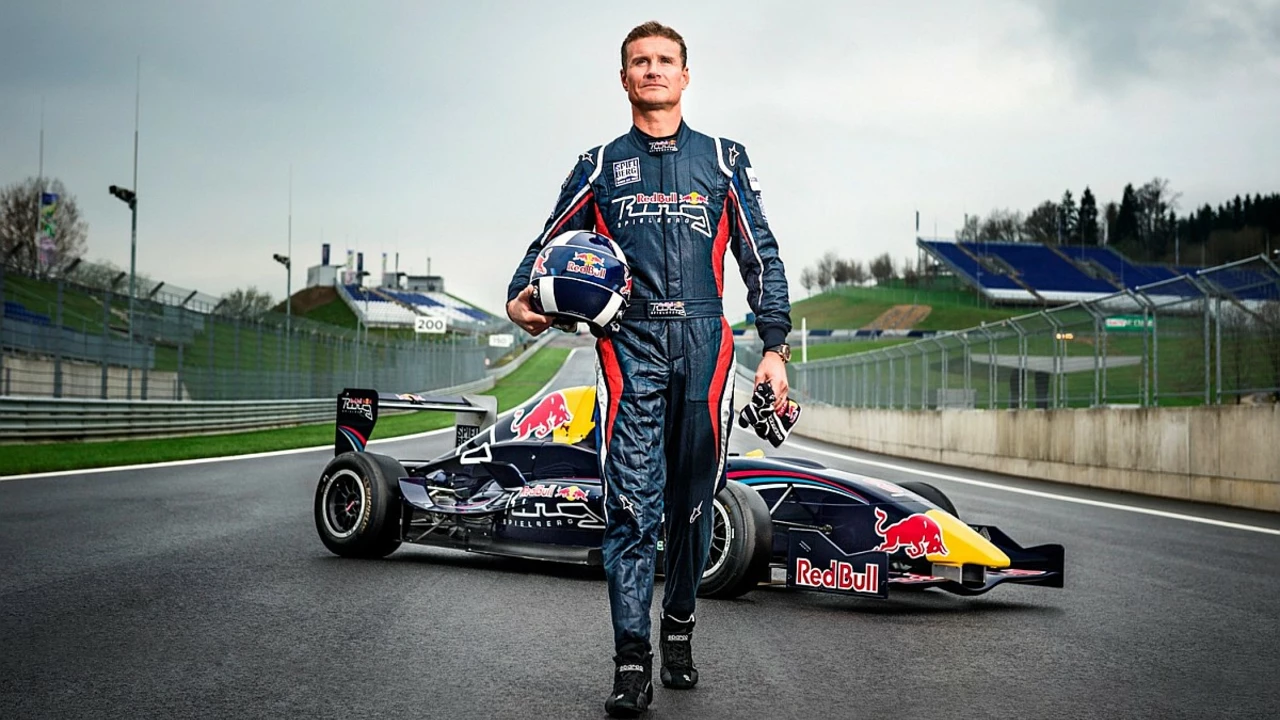Motorsport Opinion – Are Race Drivers Real Athletes?
Every time you hear a roar from the pit lane, you might wonder: are these drivers just sitting behind a steering wheel, or are they true athletes? The answer is a lot more interesting than you think. In this article we’ll break down the physical and mental work that goes into racing, and why fans should count drivers with the rest of the sports crowd.
What the Body Endures Behind the Wheel
First off, the body takes a serious beating during a race. Drivers feel up to 5 g in corners, and that pushes blood toward the feet, making it harder to breathe. To cope, they do regular cardio sessions, weight training, and neck‑strength workouts. A strong neck can hold the head steady when the car shakes at 200 mph. Without it, drivers would lose control in seconds.
Heat is another big factor. The cockpit can reach 60 °C (140 °F) and the driver’s heart rate often climbs to 180 bpm, similar to a marathon runner. They wear special suits that keep sweat out, but the real secret is staying hydrated and learning how to cool down quickly during pit stops.
All this physical stress means a driver’s fitness plan looks a lot like a sprinter’s routine. Short bursts of power, quick recovery, and endurance all play a part. If they skip a workout, lap times can drop by tenths of a second – enough for a rival to pass.
Mental Game and Training Routine
Physical strength is only half the story. Racing demands razor‑sharp focus. Drivers must process visual cues, listen to team radio, and make split‑second decisions. One tiny mistake can cause a crash. To train this, they use simulators for hours a day, drilling track layouts until they become second nature.
Reaction time is another key metric. Studies show top drivers react in under 200 ms, faster than most professional athletes. They practice hand‑eye coordination with video games, reaction lights, and even simple drills like catching a ball while under pressure.
Mental stamina matters too. A race can last two hours, and the driver has to stay sharp the whole time. They use techniques like breathing exercises and visualisation to keep anxiety low and confidence high.
All these mental habits are part of a structured training schedule, just like a footballer’s tactical drills. The difference is the focus is on speed, precision, and staying calm at extreme risk.
So, are race drivers athletes? The evidence says yes. Their bodies get the same stress as any high‑impact sport, and their minds train just as hard. The next time you watch a Grand Prix, remember the driver isn’t just a passenger – they’re a highly conditioned athlete handling a machine at the edge of physics.
Got an opinion on this? Join the conversation in the comments and let us know what you think about drivers as athletes. Your perspective keeps the motorsport community buzzing.
Motorsport Opinion

I'm a huge motorsport fan. Are race drivers athletes?
As a passionate motorsport enthusiast, I've often pondered whether race drivers can be classified as athletes. This question arises from the intense physical and mental conditioning that drivers undergo to withstand high-speed racing. They must possess quick reflexes, sharp focus and endurance, similar to traditional athletes. Despite the sport's mechanized nature, the human component is fundamental to performance. Therefore, considering the skill and conditioning required, I believe race drivers should indeed be acknowledged as athletes.